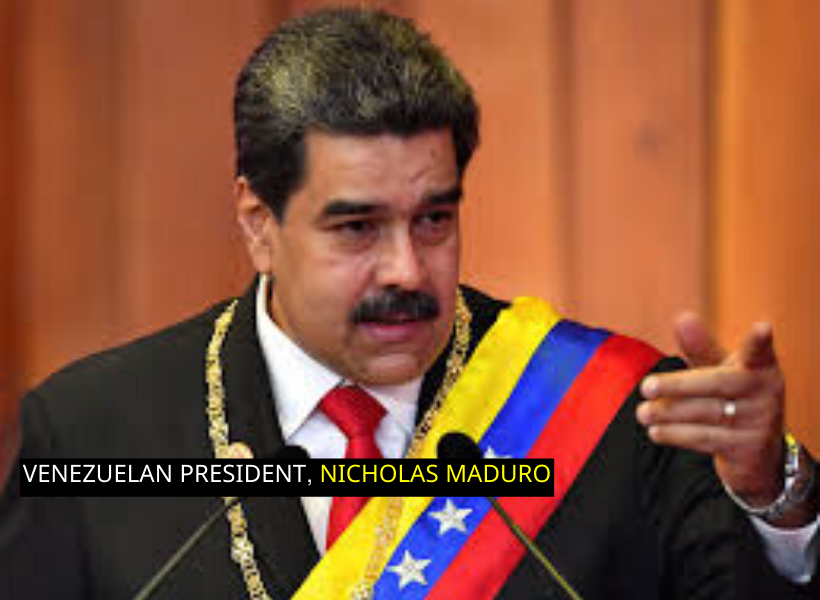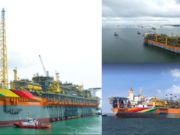Given ExxonMobil Guyana’s operational performance in the Stabroek Block, local authorities say plans remain on track for the nation to have six floating, production, storage and offloading (FPSO) vessels in operation by 2027. Notably, all of these ships will be subjected to debottlenecking exercises which will increase their output beyond nameplate capacity. As such, Guyana is likely to climb well above 1.3 million barrels of crude per day. Outlining this production forecast was Senior Finance Minister, Dr. Ashni Singh.
During his 2024 budget reading on Monday, Minister Singh said such output would make Guyana the single largest non-OPEC contributor to global supplies.
It would be recalled that the Organization of the Petroleum Exporting Countries (OPEC) is an intergovernmental organization of 13 oil-producing nations, founded in 1960. Its members include countries like Saudi Arabia, Iraq, Iran, and Venezuela, among others. OPEC’s primary objective is to coordinate and unify petroleum policies among its member countries, in order to secure fair and stable prices for petroleum producers and a reliable supply of oil for consumers.
OPEC plays a significant role in the global oil market by collectively deciding on oil production levels. These decisions can have a substantial impact on global oil prices. By adjusting the amount of oil they produce, OPEC countries can influence the market price of oil, thereby affecting global economies.
While Guyana is not a member of OPEC, its oil production is becoming increasingly influential in the global supply of petroleum. This prominence in oil production, outside the influence of OPEC’s policies and decisions, underscores Guyana’s growing importance in the global energy sector.
Dr. Singh also noted that plans are advancing to ensure that the nation’s gas resources play a crucial role in its development trajectory. In this regard, he noted that a National Gas Strategy is being finalized. Simultaneously, a Request for Proposals (RFP) to design, finance, construct and operate the required gas infrastructure to support upstream developments has been issued. The deadline for submission of proposals is February 27, 2024. He said this project is expected to be fully financed by the private sector.
As local authorities await a response to the foregoing RFP, plans are moving ahead with the US$1.8B Gas-to-Energy (GtE) Project. “I am happy to report that progress in 2023 has allowed the project to remain on track for start-up by the end of this year,” Minister Singh said.
The Gas-to-Energy Project is investment is regarded as a major cornerstone for the nation’s economic growth. It involves the construction of a natural gas pipeline, running from offshore oil fields in the Stabroek Block and connecting to onshore facilities at Wales, West Coast Demerara. The project is expected to significantly lower energy costs in Guyana and contribute to more sustainable energy practices.











